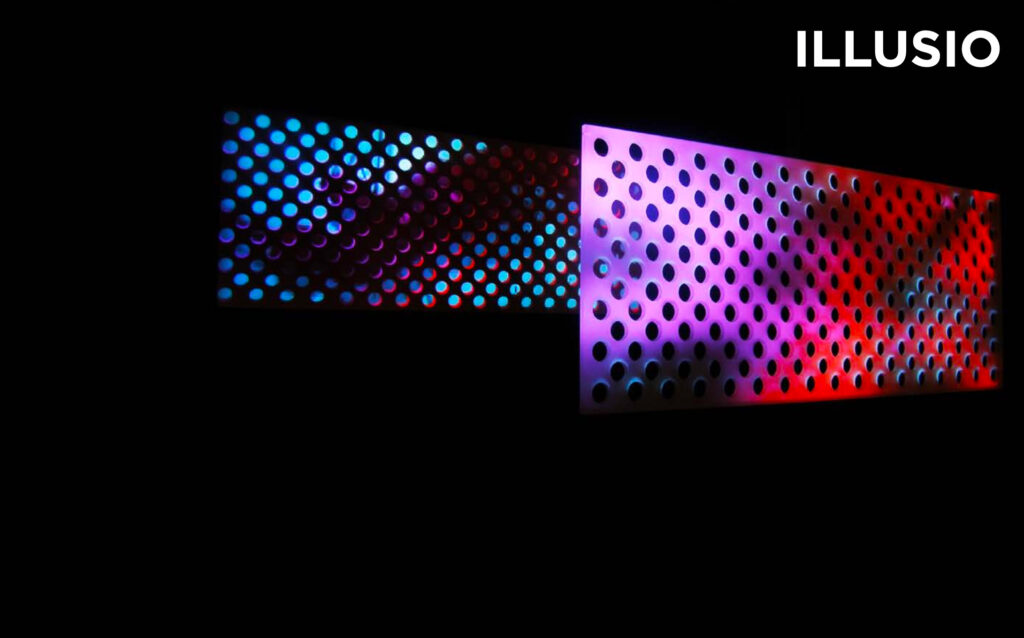
ILLUSIO, Responsive Art System. The participants trigger different emotional stages of a virtual character represented by distinct colors that infuse a perforated acrylic structure. Trapped inside a transparent shell, the character gazes at the world. The physical world witnesses a simple reflection of the virtual world where illusory boundaries are drawn between people and their surroundings, all of which establish and reinforce its limitations. This installation was designed in Chicago: as Guillaume Evrard wrote, “It originates from the environment of the Midwest capital city and its perpendicular grid characteristic of modern urbanism. Between Lake Michigan and the Chicago River, the passer-by appropriates the space of the street, the avenue and the park.”1
The relationship between the moving images and visitors is shown in the transforming colors diffused on the suspended structure. Evrard observed: “The visitor prompts various atmospheres in which the virtual character develops amidst a multicoloured infusion.”1 The interactivity is based on the location and motion of the visitors within the space of the exhibit, and the character responds to the predicament of being trapped by the shadow of its own environment. Christine Refern wrote in a review that “Longpré’s installation Illusion is so convincing that it is hard to believe the movement of the hanging screen is an illusion created by the projected video.”2
This system was presented at the Dancing Machines Exhibition during the EXIT Festival in Créteil, France (2010), and at the VIA Festival in Mauberge, France (2010). It was also exhibited at the Galerie UQAM, in Montreal (2007) and GL2 in Chicago, USA (2006).
1. Evrard, Guillaume. “Power of Illusion – Illusion of Power?”. Exhibiton Text, March 2006.
2. Redfern, Christine. « Basculer. » Mirror, Montreal. March 8, 2007
Power of Illusion – Illusion of Power?
by Guillaume Evrard
Designed in Chicago, the installation Illusio originates from the environment of the Midwest capital city and its perpendicular grid characteristic of modern urbanism. Between Lake Michigan and Chicago River, the passer-by appropriates the space of the street, the avenue and the park. Or would it be that the skyscrapers’ silhouette and the rigorous delineation of the blocks dictate the passer-by’s behaviour and which way to go? Passer-by, environment, image, movement: the interactive video system Illusio draws its patterns from everyday life, our everyday life. Passer-by, a person who goes by, who happens to pass, on foot. In the middle of the metropolis, in the dark, the passer-by comes to meet up with Illusio, another (kind of) passer-by projected through a suspended punched acrylic structure. The visitor prompts various atmospheres in which the virtual character develops amidst a multicoloured infusion. This character is captive. From real to virtual, the meeting seems limited, if not impossible. None the less, as a fruit of this encounter, it reacts to every change in its environment which the passer-by motivates by entering the enclosed space. Infrared and ultrasound sensors allow the beginning of a communication. Once within the volume included in the interactive video system, the passer-by becomes a spectator and then swiftly an actor in a unique relation with Illusio. Like two strangers passing each other on the street, the visual interaction between the spectator and the character awakens memories, feelings, thoughts and emotions.
Environment: physical elements and phenomena. In the urban environment, in the 1960s, Kevin Lynch already drew our attention towards the necessity for our well-being of being able to read the urban space from our everyday life viewpoint. Power of illusion of being able to understand an urban setting which others have gone all over, others have designed. Illusion of power within a predetermined grid, where voids and fills make their presence felt without any possibility to avoid them, only to go round them. Power of illusion to get in contact with Illusio. The infrared and ultrasound sensors make spectator and video system commune with each other. The illusion of communication arises from the digital interactivity. Illusion of being able to influence the machine within its sensorial extensions. Therefore, Illusio strongly questions the relation between the spectator and its immediate environment, their relation to surrounding images, which they sometimes prompt, either intentionally or involuntarily. Very close and distant, the buzz of the metropolis, changing, moving, wraps up the impromptu encounter.
Image: perceptible representation of an object. Within Illusio, the image is obviously central, projected from the computer core in the dark towards the white screen via the acrylic screen. The accumulation of screens suggests the very tangible existence of skyscrapers’ verticals, sometimes opaque and absorbent, sometimes shiny and reflective. Is the representation loyal to the truth or a distorted reflection of the reality? The very making of the image of Illusio adds up the diagonal to verticals: diverging diagonals of the light beam breaking through the dark, diagonal of the gaze which scans the interactive system and follows its transformations, the same diagonal of the passer-by who attempts to make sense of their environment. In The Practice of Everyday Life, Michel de Certeau emphasizes the importance of the passer-by’s viewpoint in the urban environment. In particular, a distinction emerges between two diagonals, mirrored if not conflicting: the viewpoint from the street, limited, constrained, restrained, which can only with difficulty catch sight of the skyscrapers’ top; and the viewpoint from the top of skyscrapers, enlarged, open, empowering, which can scan the townscape and make sense of its organisation. These viewpoints entail a different relation to power while they also involve the production of a different image of a single physical environment.
Movement: displacement in relation to an immobile point. In the grid of urban roads, fixed points are numerous. In the interactive video system Illusio, infrared and ultrasound sensors and the projection system provide in their own way a group of given points which the spectator has to take into account – or decide to ignore – so that the system reacts to their movements. Is it about the loyal and perfect replication of a causal link which really exists in everyday life? Returning to the analysis de Certeau develops, the movement is so to say the strength of the weak, at the same time a confession of weakness within the symbolic and physical constraints of the environment, and acknowledgement of a potential strength with the capacity to appropriate the environment in circumstances and towards ends which were not thought of at the time of its design. Who is genuinely constrained? The character included within the video system or the spectator surrounded by the network of sensors? Passer-by, environment, image, movement: illusion of power or power of illusion?
Guillaume Evrard | Guillaume Evrard is an art historian. Outputs of his interdisciplinary and cross-national research on the visual arts, architecture, and national identity in France, the United States, and Canada in the specific context of 19th- and 20th-centuries international and universal exhibitions are available in Culture, Capital, and Representation (forthcoming), Regards croisés sur le Canada et la France (2007) and La France dans le regard des Etats-Unis/France as seen by the United States (2006).
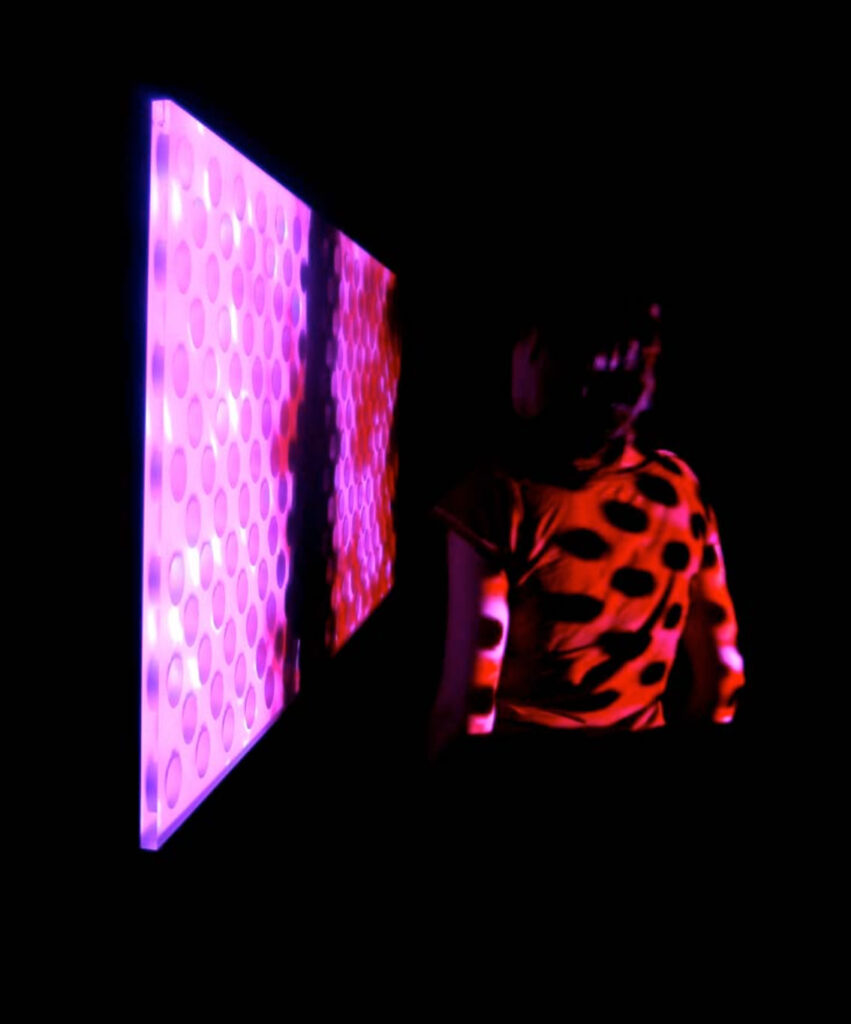
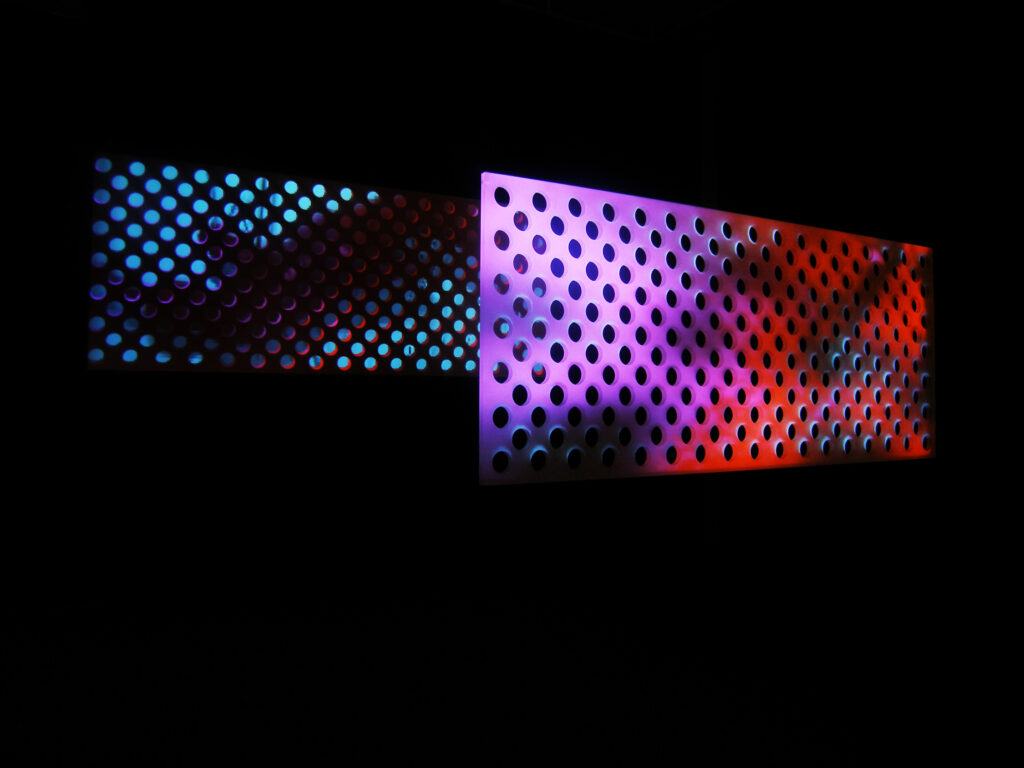
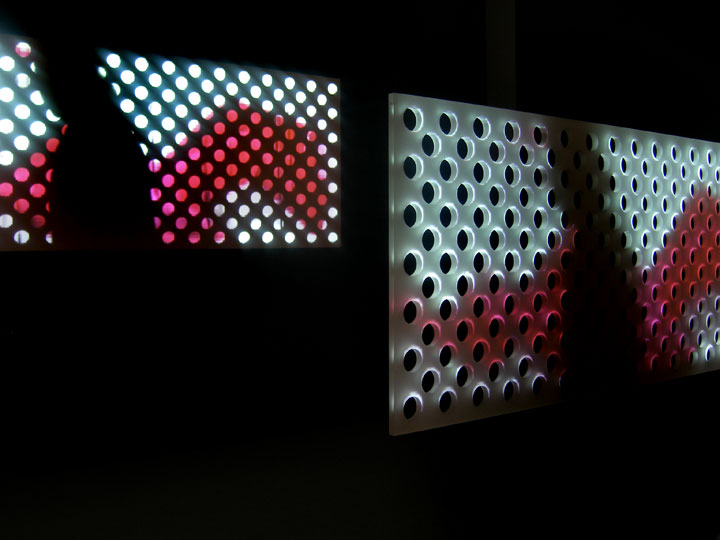
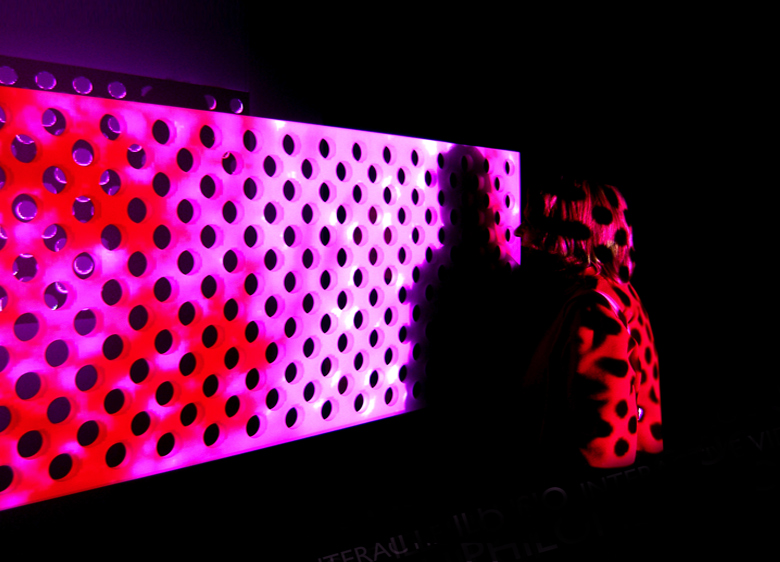
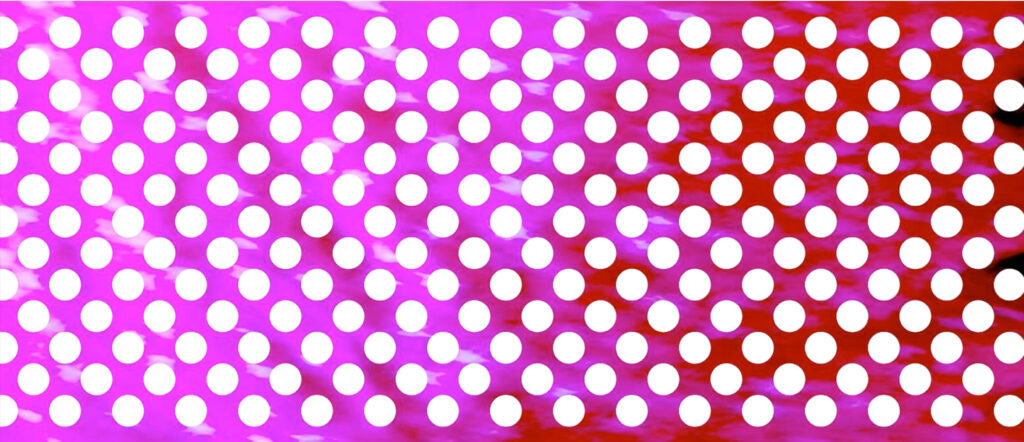
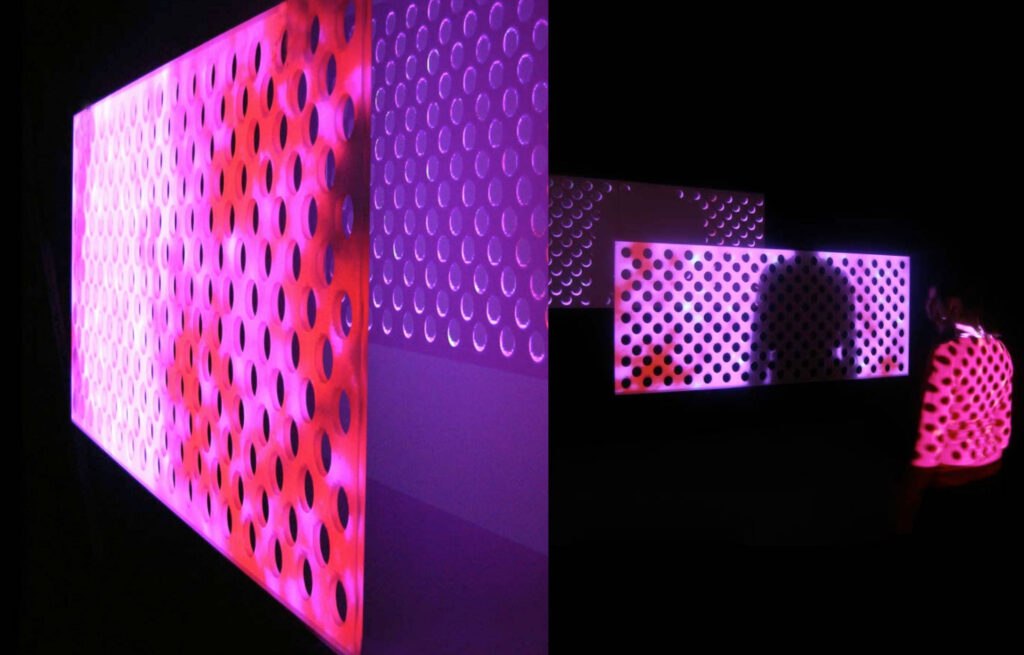
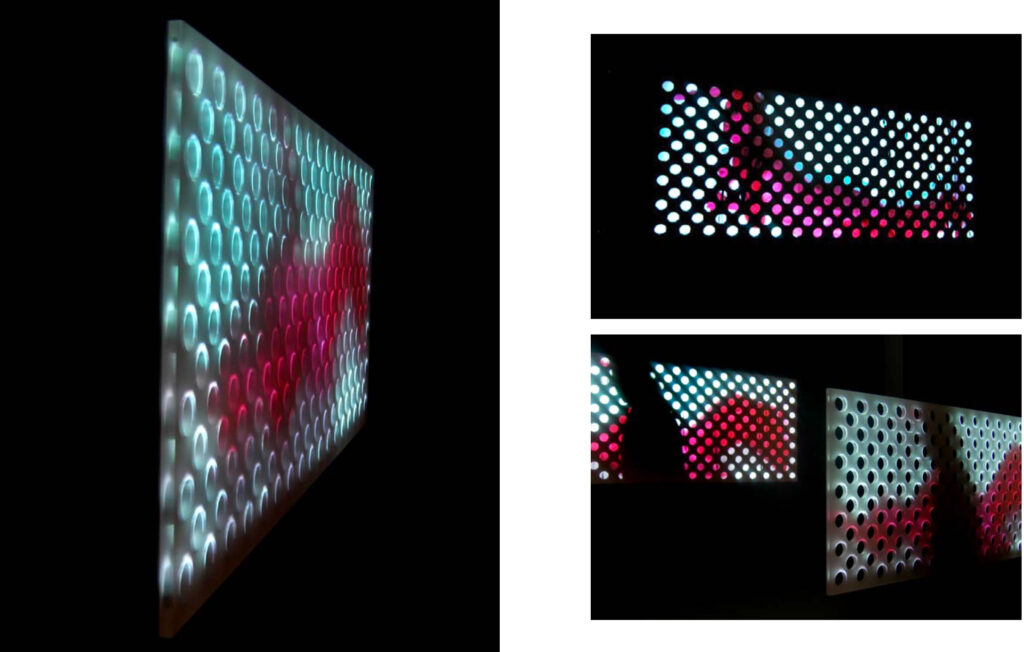
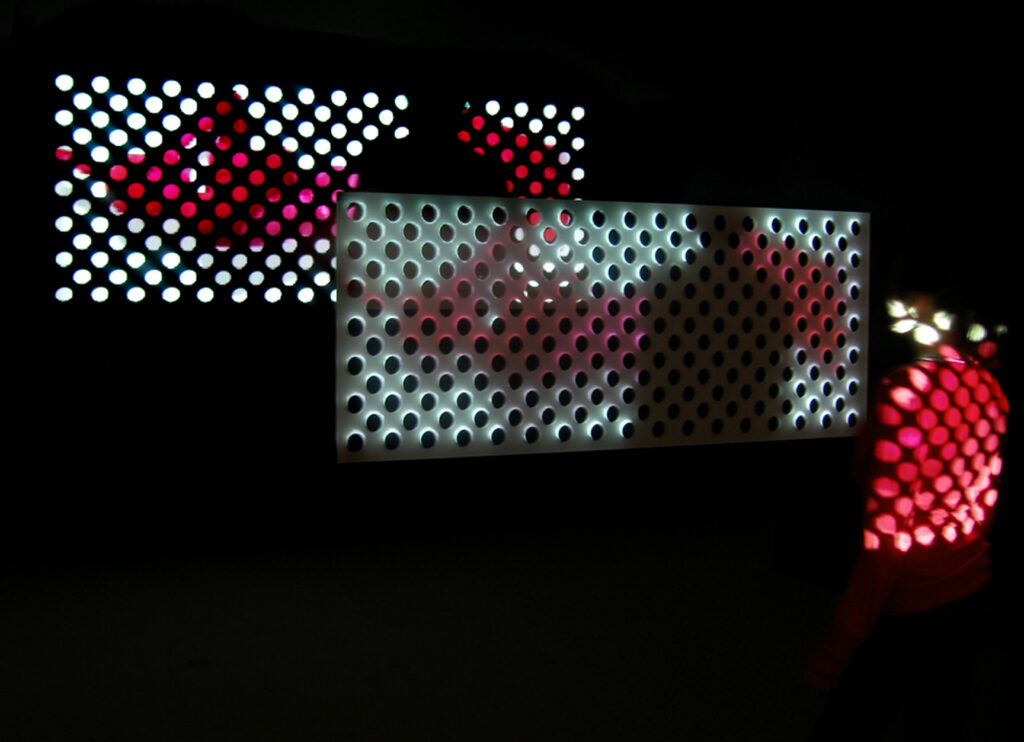
Technique
ILLUSIO — Immersive Environment
(Immersive environment; interactive narrative; sensing and control system; large scale projection; responsive video membrane; virtual character; performance; and digital sound)
Based on the location and motion of the visitors within the space of the exhibit, the character responds and reacts to the predicament of being trapped by the shadow of its own environment.
Exhibitions
- Dancing Machines, EXIT Festival, curated by Charles Carcopino, Maison des Arts de Créteil, Paris, France, March, 2010.
http://etapes.com/festival-exit-dancing-machines
http://www.lille3000.eu/lille3000/en/event/dancing-machine - Dancing Machine, VIA Festival, curated by Charles Carcopino, Le Manège, Mauberge, France, March 2010. http://www.artmag.com/coeurs/exit/dancing.html
- Basculer. Galerie L’UQAM. Curated by Julie Bélisle, Mélanie Boucher, Audrey Genois.
Montreal, Canada
, February, 2007.
http://www.uqam.ca/nouvelles/2007/07-053.htm - GL2 Gallery. Chicago, IL, United States, May, 2006.
Reviews
- Ionescu Titu, Alexandra. “PHILOMÈNE LONGPRÉ”. Isomorphism Magazine – Art Interdisciplinary Field. March 2012, pp.60-66.
- Coup de Coeur de Anguéliki Garidis. Exit. Dancing Machine. Arts numériques. Sept.13, 2011.
http://www.artmag.com/coeurs/exit/dancing.html - Basculer : BGL, Sébastien Cliche, Claudie Gagnon, Philomène Longpré, Yann Pocreau. Authors: Julie Bélisle, Mélanie Boucher, Audrey Genois. — [Montréal] Galerie de l’UQAM, 2008. — 71 p. Catalogue de l’exposition présentée du 23 févr. au 31 mars 2007. Cf. p. 71. — ISBN : 978-2-920325-21-0
- Crevier, Lyne. « S(T)imulations. » ICI, Montreal. March 8, 2007.
- Redfern, Christine. « Basculer. » Mirror, Montreal. March 8, 2007.
- Evrard, Guillaume. “Power of Illusion – Illusion of Power?”. Exhibiton Text, March 2006.







